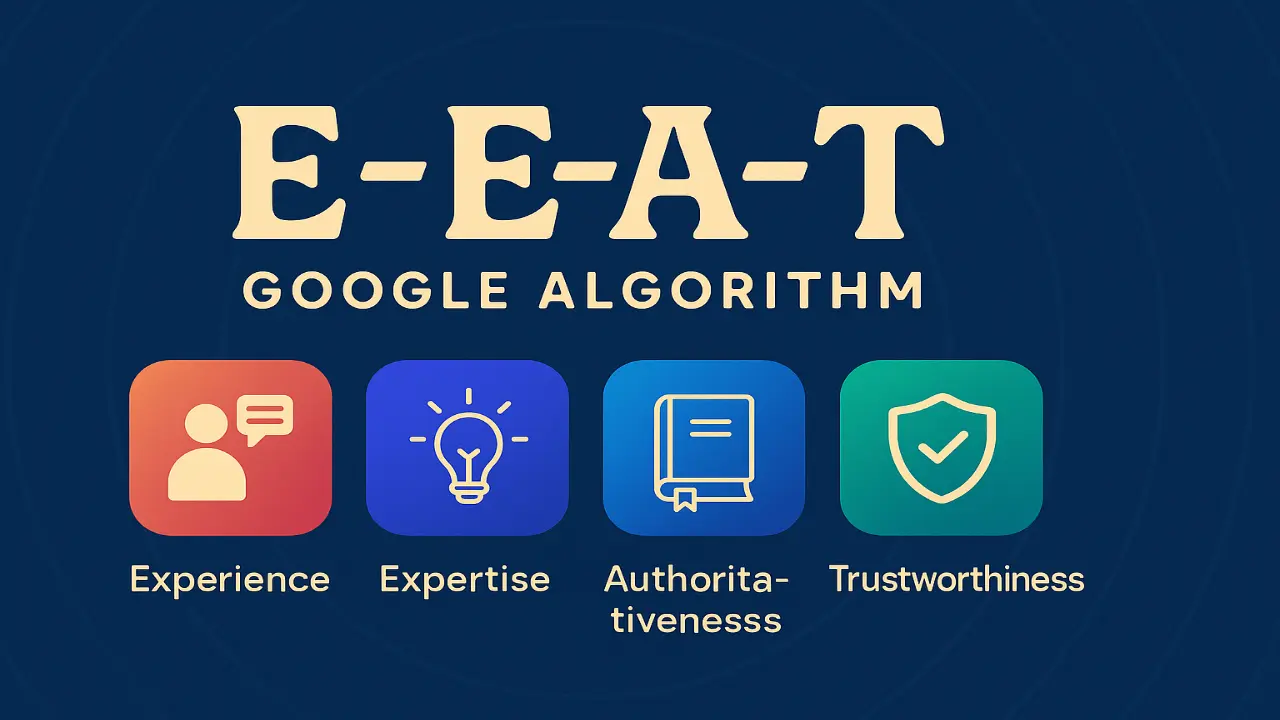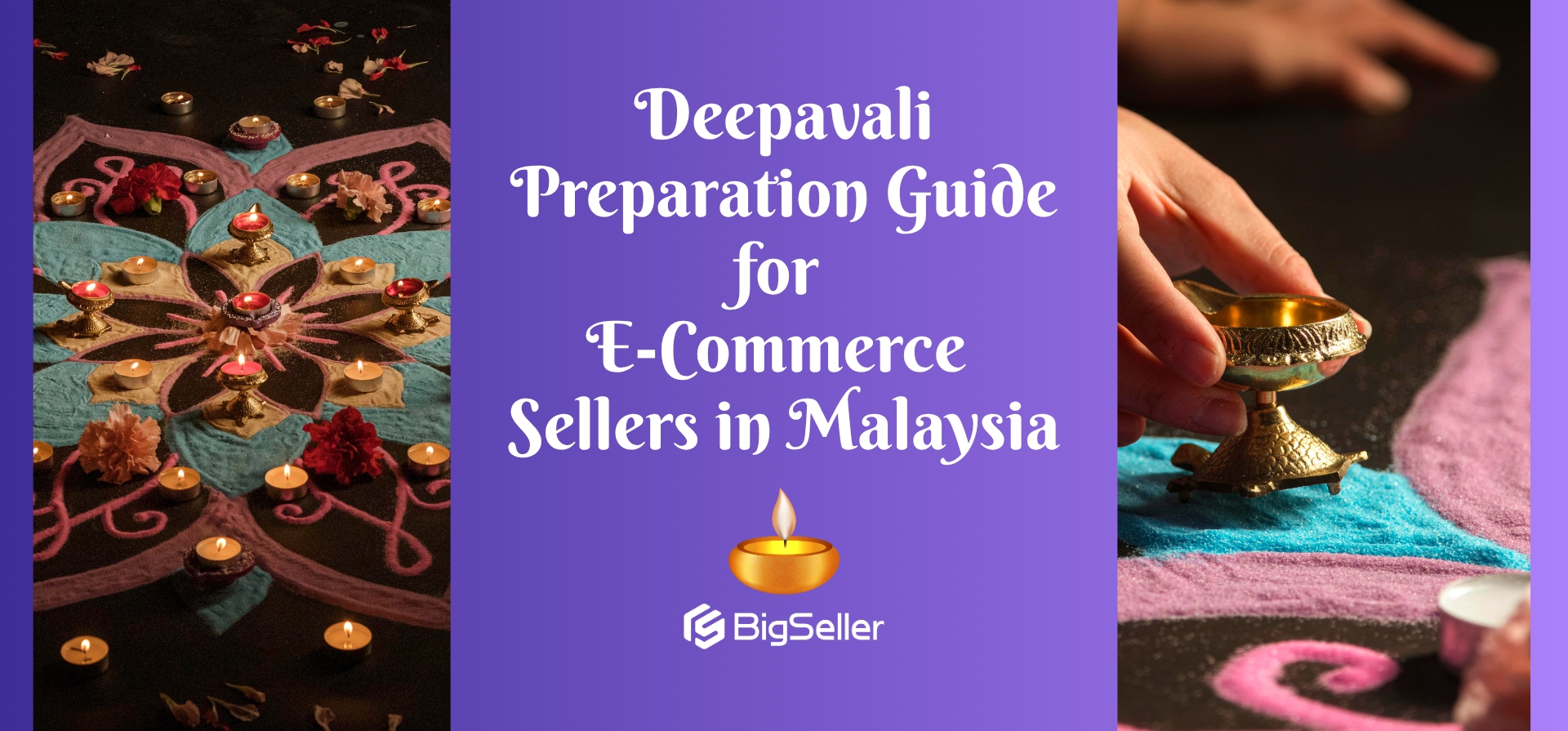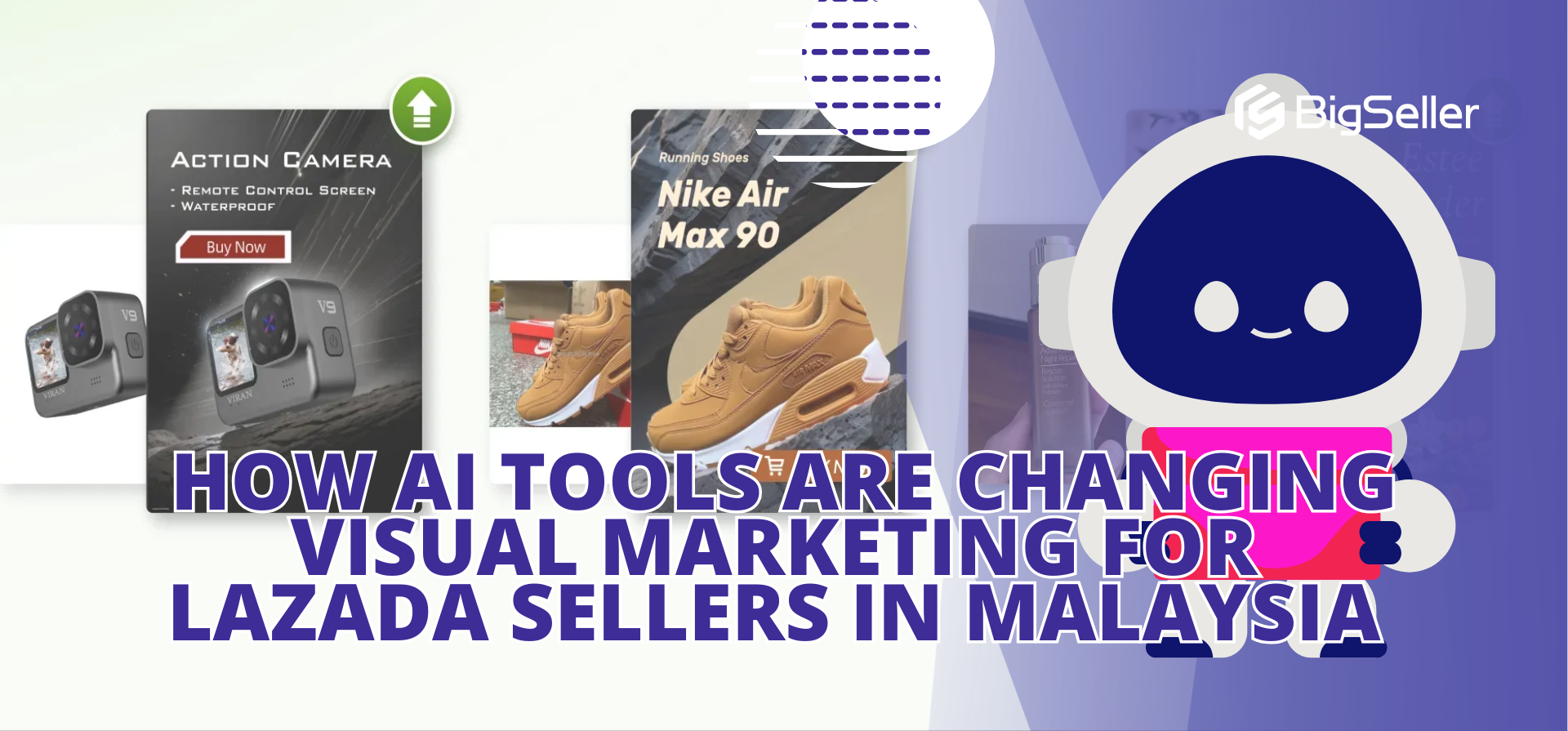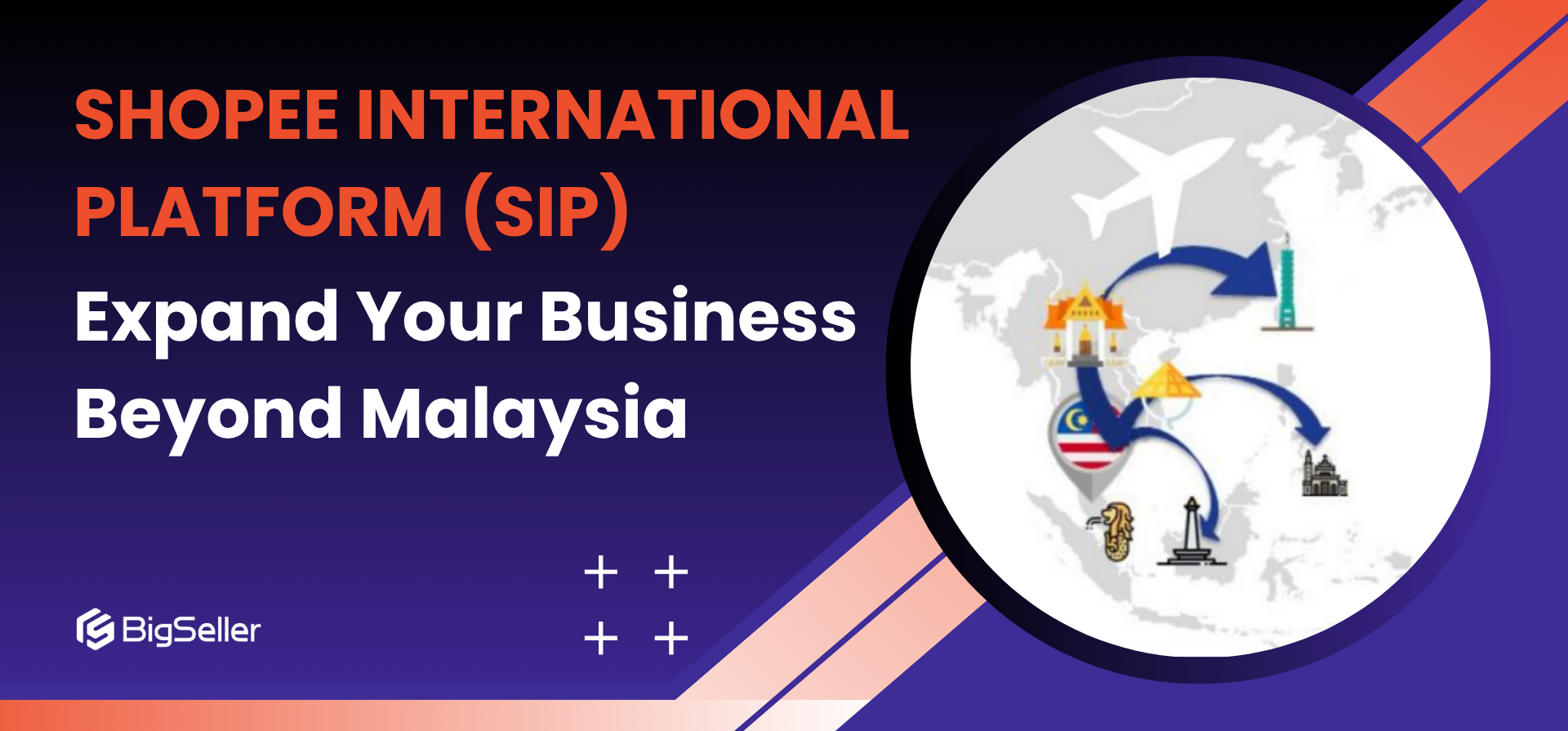Best AI Tools Today: Why GEO Matters for PH E-Commerce in 2025
Jayson 10 Oct 2025 11:30ENCopy link & title
Generative Engine Optimization (GEO) is a collection of methods that increases the likelihood that a brand, product, or answer will be quoted or described by AI-powered search and chat tools (such as Google's AI Overviews/SGE, Bing/Chat, and Perplexity). Unlike traditional SEO (which generates clicks from pages appearing in result lists), GEO tries to make your content the source from which generative models pull or cite – a growing portion of how buyers find answers and items.
This is significant for Filipino sellers because the Philippines' e-commerce market and internet use are both rapidly expanding: recent regional reports show strong digital adoption across Southeast Asia, and local market estimates point to double-digit growth in e-commerce GMV — implying that more customers are currently searching, asking AI assistants, and purchasing online. Optimizing for GEO enables you to be the answer those assistants provide.
SEO: focuses on ranking pages in search listings, improving clicks via titles, links, and backlinks.
GEO: focuses on being a trusted source for AI-generated answers — structure, clarity, and authority matter more than keyword density. The two complement each other: GEO-friendly content often improves snippet/citation chances while still supporting organic ranking.
Remember, don’t abandon SEO — add GEO tactics (clear Q&A, schema, concise evidence) to your content playbook.

(1). Structure content for AI extraction
AI engines favor clearly signposted content: question headings, short authoritative answers, summaries, and bullet lists. Use FAQ and HowTo sections on product and support pages so AI models can extract a concise answer to customer queries (e.g., “How long is delivery to Cebu?”). Tools and experiments from SEO vendors show FAQ/HowTo schema and succinct answers increase the chance of being used in AI overviews.
(2). Use structured data and metadata (schema)
Give AI explicit signals: Price, Availability, Product, FAQ, HowTo, and LocalBusiness schema help generative engines understand and cite your content correctly. Mark up shipping zones, return policy, and contact hours — these are often asked by users and repurposed by AIs.
(3). Localize content and show location signals
Generative engines favour local context when queries are regionally specific. For Filipino sellers:
(4). Build E-E-A-T: Experience, Expertise, Authoritativeness, Trustworthiness
AI answer engines prefer sources that clearly show expertise and real experience. For e-commerce:

(5). Measure, test, and adapt — GEO is experimental
New tools (including CMS features and analytics for AI citations) are emerging that let you see how often your pages are referenced by AI tools. Run small A/B tests (rewrite a product’s FAQ into succinct Q&A vs. long prose) and track changes in impressions, AI-driven referrals, and CTR.
Treat GEO work like CRO: experiment, measure, iterate. Vendors and platforms are already rolling out “AI visibility” features to help with this.
Don’t game the system: overly generic or scraped content can be ignored or penalized. Focus on unique, useful info.
Balance human UX with machine readability: machine-friendly summaries should still help human visitors; don’t hide details behind machine cues.
Privacy & compliance: if you use geofencing, location tracking, or personalized prompts, be clear and give opt-outs per local data rules.
Keep monitoring: AI search is evolving fast — what works today may shift. Monitor trends and tools regularly.
Example: A small Manila seller implemented GEO changes: added FAQ schema to 20 top SKUs, created city landing pages for Metro Manila, Cebu and Davao, and rewrote delivery answers into 1–2 sentence summaries. In 8 weeks they saw more branded queries appear in AI tools and a higher CTR from search result pages that included AI overviews — improving conversions on the updated pages. (This is a representative example based on early GEO case reports and experimentation guidance; results vary.)
Conclusion
GEO doesn’t replace SEO — it extends it. For Filipino sellers competing across marketplaces and local channels, GEO is a practical way to make sure your store is the answer customers get from the new generation of search tools. Start small, measure often, and focus on clear, local, trustworthy content.
If the use of GEO is too difficult for you, you might consider using ERP software to manage your e-commerce account. Many ERPs now include built-in AI technologies that may be used directly, including BigSeller, Southeast Asia's leading e-commerce ERP.

This is significant for Filipino sellers because the Philippines' e-commerce market and internet use are both rapidly expanding: recent regional reports show strong digital adoption across Southeast Asia, and local market estimates point to double-digit growth in e-commerce GMV — implying that more customers are currently searching, asking AI assistants, and purchasing online. Optimizing for GEO enables you to be the answer those assistants provide.
Want to manage multiple online accounts at the same time?
Vist our website to know more 👉 BigSeller ERP
Vist our website to know more 👉 BigSeller ERP
1. GEO vs SEO: What’s the Difference Between Them?
SEO: focuses on ranking pages in search listings, improving clicks via titles, links, and backlinks.
GEO: focuses on being a trusted source for AI-generated answers — structure, clarity, and authority matter more than keyword density. The two complement each other: GEO-friendly content often improves snippet/citation chances while still supporting organic ranking.
Remember, don’t abandon SEO — add GEO tactics (clear Q&A, schema, concise evidence) to your content playbook.

2. Key GEO Strategies PH Sellers Can Implement
(1). Structure content for AI extraction
AI engines favor clearly signposted content: question headings, short authoritative answers, summaries, and bullet lists. Use FAQ and HowTo sections on product and support pages so AI models can extract a concise answer to customer queries (e.g., “How long is delivery to Cebu?”). Tools and experiments from SEO vendors show FAQ/HowTo schema and succinct answers increase the chance of being used in AI overviews.
(2). Use structured data and metadata (schema)
Give AI explicit signals: Price, Availability, Product, FAQ, HowTo, and LocalBusiness schema help generative engines understand and cite your content correctly. Mark up shipping zones, return policy, and contact hours — these are often asked by users and repurposed by AIs.
(3). Localize content and show location signals
Generative engines favour local context when queries are regionally specific. For Filipino sellers:
- Use city/province names in your product pages and FAQs (e.g., “Delivery to Davao: 3–4 days”).
- Create short local landing pages for major cities or barangays you serve.
- Mention accepted local payment methods (GCash, COD), pickup points, and common local shipping partners — these details help AI answers be useful to Philippine users. Regional reports show strong mobile adoption and local payment usage, so local signals increase relevance.
(4). Build E-E-A-T: Experience, Expertise, Authoritativeness, Trustworthiness
AI answer engines prefer sources that clearly show expertise and real experience. For e-commerce:
- Publish short product guides, unboxing notes, and real customer Q&As.
- Display reviews, seller verification badges, and clear return/refund policies.
- Link to authoritative sources where appropriate (brand pages, manufacturer specs). These trust signals help generative systems choose your content over generic pages.

(5). Measure, test, and adapt — GEO is experimental
New tools (including CMS features and analytics for AI citations) are emerging that let you see how often your pages are referenced by AI tools. Run small A/B tests (rewrite a product’s FAQ into succinct Q&A vs. long prose) and track changes in impressions, AI-driven referrals, and CTR.
Treat GEO work like CRO: experiment, measure, iterate. Vendors and platforms are already rolling out “AI visibility” features to help with this.
3. GEO Challenges and Best pPractices
Don’t game the system: overly generic or scraped content can be ignored or penalized. Focus on unique, useful info.
Balance human UX with machine readability: machine-friendly summaries should still help human visitors; don’t hide details behind machine cues.
Privacy & compliance: if you use geofencing, location tracking, or personalized prompts, be clear and give opt-outs per local data rules.
Keep monitoring: AI search is evolving fast — what works today may shift. Monitor trends and tools regularly.
Example: A small Manila seller implemented GEO changes: added FAQ schema to 20 top SKUs, created city landing pages for Metro Manila, Cebu and Davao, and rewrote delivery answers into 1–2 sentence summaries. In 8 weeks they saw more branded queries appear in AI tools and a higher CTR from search result pages that included AI overviews — improving conversions on the updated pages. (This is a representative example based on early GEO case reports and experimentation guidance; results vary.)
Conclusion
GEO doesn’t replace SEO — it extends it. For Filipino sellers competing across marketplaces and local channels, GEO is a practical way to make sure your store is the answer customers get from the new generation of search tools. Start small, measure often, and focus on clear, local, trustworthy content.
If the use of GEO is too difficult for you, you might consider using ERP software to manage your e-commerce account. Many ERPs now include built-in AI technologies that may be used directly, including BigSeller, Southeast Asia's leading e-commerce ERP.
BigSeller is the ultimate FREE e-commerce ERP for Southeast Asian sellers, designed to supercharge your business. Streamline everything in one place—from product listings and order processing to inventory management, financial tracking, and automated operations.
Vist our website to know more👉BigSeller ERP
Vist our website to know more👉BigSeller ERP

BigSeller-Blog Senior Writer: Jayson
Sir Jayson has worked in well-known e-commerce companies such as Shopee and TikTok Shop, helping hundreds of sellers to deepen their e-commerce industry, expand their business, and eventually become high-quality sellers.


